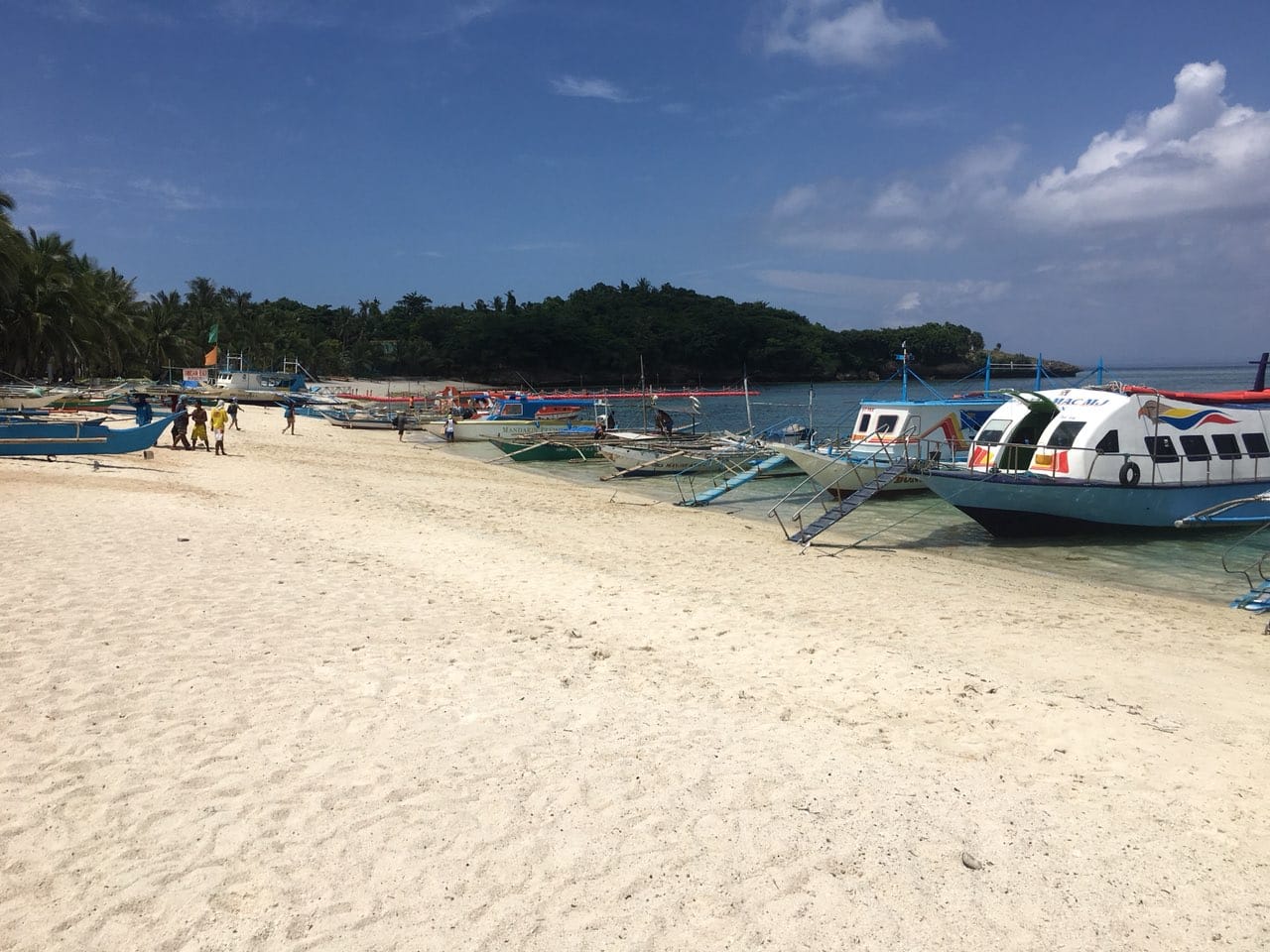Boracay cesspool no more

Jetty Port, Boracay. CONTRIBUTED PHOTO
(First of three parts)
BORACAY ISLAND — For the past several months, Robert Samindao has been driving Boracay residents around the 1,032-hectare island on his motorcycle for a living.
He was a carpenter and utility worker at a popular resort before it stopped operating, like most other businesses on the island, after President Rodrigo Duterte ordered Boracay shut down for six months for cleanup and rehabilitation.
The father of three doubts if he can soon return to his job at the resort, which is still undergoing renovation.
Samindao earns P300-P500 daily, hardly enough for his family. Like most residents, he has been reeling from the loss of livelihood since the closure of Boracay to tourism on April 26.
Article continues after this advertisement“I have to manage because we have no other means of livelihood now. Hopefully, things will get better when the island reopens,” he said.
Article continues after this advertisementOpen for business
Business operators welcome the reopening of the island on Oct. 26.
“Everyone of us just wants to break even first. We are not going to survive longer if we remain closed,” said Julia Lervik, Swedish operator of a coffee shop and resort.
Lervik kept her business open so that some of her staff could continue to earn despite the shutdown. “They are like family to me,” she said.
The President had found Boracay, one of the country’s prime tourist destinations, a “cesspool” and ordered its closure and cleanup.
As a result, at least 30,000 workers and hundreds more employed in the informal sector lost their livelihood, many of them permanently.
The Boracay Inter-Agency Task Force (BIATF) headed by Environment Secretary Roy Cimatu said the island would be reopened as scheduled.
‘Soft opening’
Officials, however, have scaled down expectations, saying there will be only a “soft opening” because not all rehabilitation work has been finished.
At a recent public hearing called by the House committee on natural resources, Cimatu said the primary targets of rehabilitation had been achieved or were on schedule for completion by opening day.
He said the waters off the long beach on the western side and Bulabog Beach on the eastern side of Boracay were already safe for swimming.
Recent tests showed coliform bacteria did not exceed 20 most probable number per 100 milliliters, way below the acceptable values of 100 MPN/100 ml for swimming areas and the 200 MPN/100 ml for areas of noncontact activities, such as docking and boating, Cimatu said.
Water quality at Bulabog also significantly improved from as high as 1 million MPN/100 ml, to 19-20 MPN/100 ml.
The BIATF, the local government and water service providers have been digging up and disconnecting pipes that channeled untreated wastewater to the sea and the drainage system, which caused the pollution.
30-meter easement rule
When Boracay reopens, tourists will see wider and cleaner beaches following the imposition of a rule requiring a 30-meter easement from the water ’s edge.
Most of the owners of 188 structures built within the easement areas, including one belonging to the Malay municipality that has administrative jurisdiction over Boracay, demolished them at their own expense.
Also, about 1,250 structures that encroached on roads have also been removed, according to Cimatu.
The clearing of illegal structures has helped in the expansion and construction of the road network, which would significantly reduce traffic congestion.
Structures on wetlands
The Department of Environment and Natural Resources has started removing illegal structures on the nine wetlands on the island.
It has partnered with conglomerates, such as the Lucio Tan Group, San Miguel Corp., the Gokongwei Group and the Aboitiz Group and the Lopez-controlled Energy Development Corp., to rehabilitate and turn the wetlands into ecotourism sites.
A major component of the rehabilitation project is the massive upgrading of the sewage and the drainage systems of the island’s three barangays—Balabag, Yapak and Manoc-Manoc—with a combined population of around 46,000.
The sewage system is operated by Boracay Island Water Co. (BIWC), which is controlled by the Ayala subsidiary Manila Water.
The joint venture company was set up in April 2009 by Manila Water and the Tourism Infrastructure and Enterprise Zone Authority (Tieza), a Department of Tourism agency. Manila Water has an 80-percent stake in BIWC and Tieza has 20 percent.
BIWC took over the operations and maintenance of the Boracay Water and Sewerage System established by the government. It also operates a portion of the drainage system.
For nearly six months, BIWC has been laying and upgrading sewage pipes along the main road, according to Jennifer Vergara-Chan, BIWC technical operations head.
Sewage network
Even before the closure, it had already interconnected the sewerage treatment plants (STPs) in Manoc-Manoc and in Balabag, where most of the commercial establishments, including hotels and resorts, are located.
The two STPs have a combined capacity of 11.5 million liters per day, but had been underutilized before the closure, according to BIWC.
The sewage network, however, covers only 61 percent of Boracay. It has not reached Yapak at the northern end of the island, where pipe-laying and the construction of a third STP will be undertaken over the next two years, according to Chan.
The drainage system is being overhauled to prevent flooding.
Pocholo Joselito Paragas, Tieza general manager and chief operating officer, said major components of the P851.46-million Phase 2 of the Boracay drainage project were being rushed.
During the six-month rehabilitation, a temporary drainage outfall was constructed to divert treated sewage from Bulabog to the Sitio Lugutan wetland.
Two sea outfall pipes will be completed by next year, along with the upgrading of pumping stations, according to Paragas.
These would significantly deal with the strategic infrastructure needs of the island, he said./ac